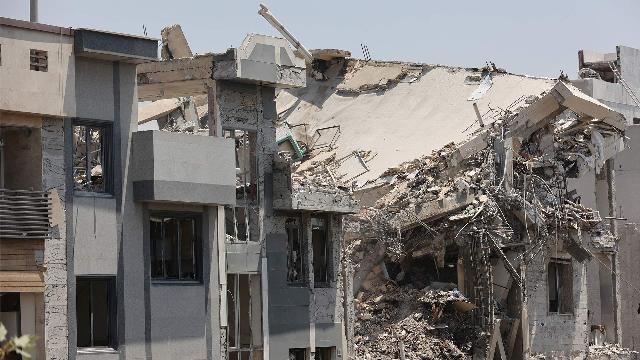The decisive role was played by the superiority of Tehran's opponents in the air, experts believe.
The results of the "twelve-day war" between Israel and Iran demonstrated that a country with modern air forces and fifth-generation aviation gained an advantage in it, experts interviewed by Izvestia noted. It was the Israeli Air Force that destroyed Iran's very modern air defense systems, which played a crucial role in the development of the conflict: as a result, rocket attacks by Israel and the United States did not meet proper resistance. What facilities were attacked by the parties, how different types of weapons proved themselves during the conflict, and how noticeable damage was caused to Iran's nuclear program and military-industrial complex — in the Izvestia article.
How did the armies of Israel and Iran perform in the conflict
The ceasefire between Iran and Israel came into force on June 23. Almost immediately, it was violated: Dmitry Gendelman, a political adviser to Israeli Prime Minister Benjamin Netanyahu, reported that Israel had destroyed an Iranian radar station in response to Iran's missile launch on its territory.
But further strikes stopped following a telephone conversation between Netanyahu and US President Donald Trump. Later, Iranian President Masoud Peseshkian said that the country was ready to observe the truce if Israel also observed the ceasefire. Thus, the general tension of the confrontation has subsided, and the military results of the "twelve-day war" can be summed up.
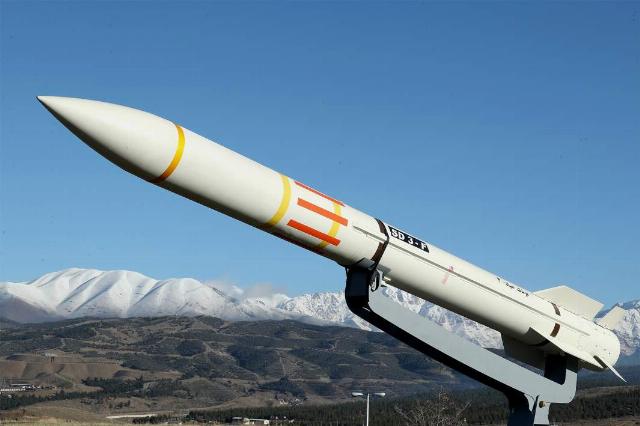
The Sayad-3 rocket
Image source: Photo: Global Look Press/Iranian Defense Ministry
"Probably the first and main lesson of the conflict was that a country with modern air forces, fifth—generation aircraft, is capable of destroying the air defense of a country that does not have the appropriate competencies, although it has modern or almost modern air defense systems," Dmitry Kornev, editor of the Militaryrussia portal, told Izvestia.
He recalled that Israel had not lost a single combat vehicle, although it had carried out hundreds of sorties. Although Iran possessed an air defense system that approached the Chinese and Russian capabilities.
The expert noted that saboteurs played a major role in the beginning of the operation. They used FPV drones against Iran's air defense systems. After that, the Israeli strike force entered the business — first of all, these are the fourth-generation F-16, F-15 and fifth-generation F-35 aircraft, Dmitry Kornev noted.
"Fifth—generation aircraft have played a huge role in the destruction of air defenses and facilities in Iran," the expert stressed.
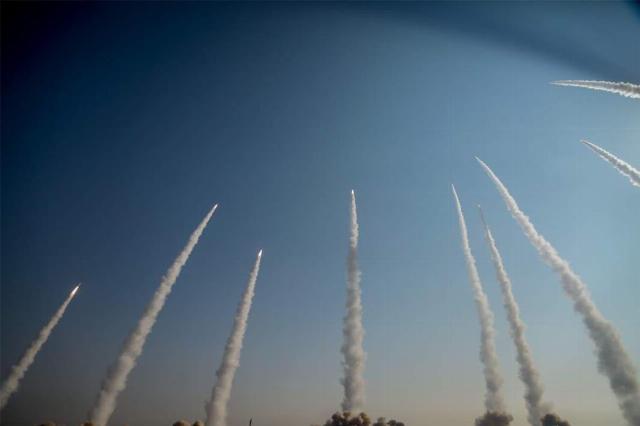
Photo: Global Look Press/Irgc Official Webiste
Image source: iz.ru
Iran used its ballistic missiles, both the most modern with hypersonic warheads, and quite old products, but very powerful and with a range of at least 2 thousand km. The presence of such weapons made it quite expected that Iran's main striking fist would be ballistic missiles and kamikaze drones, analysts say.
"Israel has focused on superiority in the Air Force," military expert Yuri Lyamin told Izvestia. — This is his main strike force. Iran has the opposite. Its Air Force is in decline, in particular, due to sanctions, so Iran had nothing to oppose the enemy in the air. For example, the old Mig-29 or F-14 can do little to the Israeli F-35. The sabotage of the air defense, which was carried out at the beginning of the fighting with the help of remotely controlled drones and anti-tank missiles, also severely undermined the positions of the Iranian air defense, especially near the capital.
As a result, since the beginning of the conflict, Iran has destroyed several unmanned reconnaissance vehicles, but has not been able to shoot down any enemy aircraft, experts agree. We are talking about both Israeli Air Force aircraft and American B-2 strategic bombers, which most likely entered Iranian airspace.
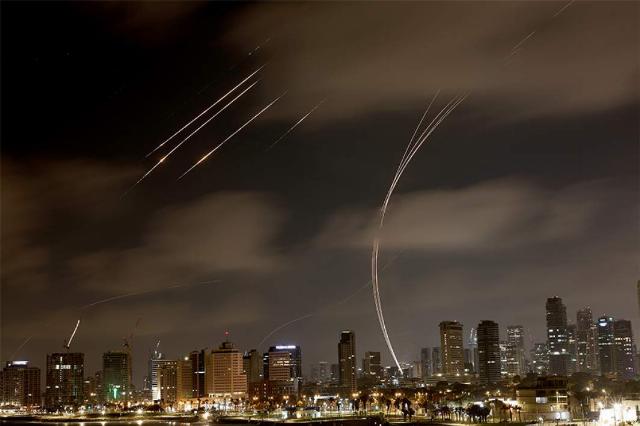
Operation of the Israeli missile defense system
Image source: Photo: TASS/EPA/ATEF SAFADI
Israel had no similar problems with the air defense system, the analysts stated.
— The Israeli air defense system is now the strongest in the world, if we take the number of systems for such an area, — Yuri Lyamin explained. — In addition to the Israeli Hetz systems, they also have American THAAD. In addition, Israel is being protected by American destroyers stationed in the Mediterranean Sea. Israeli air defense intercepted most of the Iranian missiles. But despite this, the breakthroughs were regular. And Iran's missiles caused significant damage, in particular, the oil refinery in Haifa is still not working.
The consequences of Iran's attacks on Israel, Haifa
Image source: Photo: REUTERS/Florion Goga
Iranian drones were intercepted on their approach to Israel.
According to Yuri Lyamin, Israel also has an advantage in obtaining information. It comes to him from satellites and reconnaissance aircraft, his own and American. Iran did not have such opportunities.
Consequences of the conflict for the parties
"Apparently, Israel has achieved at least the suspension of Iran's nuclear program and the limitation of its missile program," Dmitry Kornev believes. — But Iran, in fact, also gained as a result of the conflict — it retained its regime. More precisely, the leaders of the state have retained their power, the Ayatollah regime has not been destroyed. In this sense, the authorities won, but Iran rather lost as a whole, as a country.
According to Yuri Lyamin, Iran's military-industrial complex suffered significant, but not fatal damage.
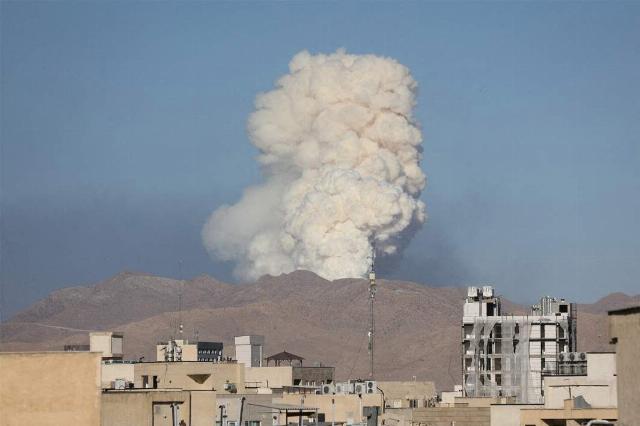
Consequences of Israeli strikes on Iran, Tehran
Image source: Photo: REUTERS/Majid Asgaripour/WANA
— It's not like he's been destroyed. There is someone to restore and with what. There are objects that are not even affected, because they are underground and they are not even remembered," he said.
It is unclear what a truce might look like in the current conditions, and who will control the ceasefire regime, the expert noted.
— There are no exact terms of the truce. Therefore, this arrangement is extremely unstable. The situation may develop into a new military confrontation at any moment," concluded Yuri Lyamin.
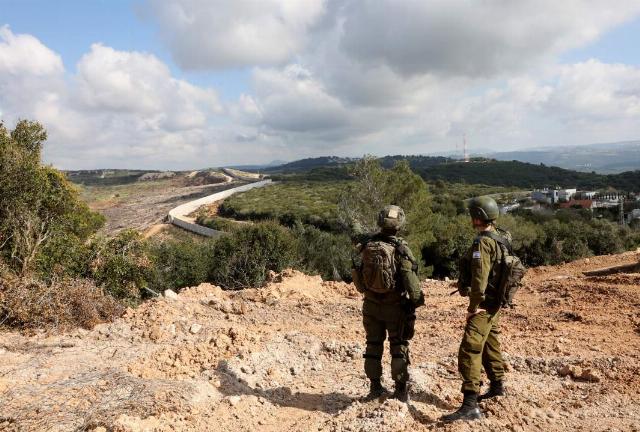
Photo: Global Look Press/Gil Cohen Magen
Image source: iz.ru
There will no longer be a full-scale war between Israel and Iran, former UN Deputy Secretary General Sergei Ordzhonikidze believes.
— After all, Israel was the initiator of the escalation, and now Netanyahu has promised Trump to end the fighting. However, some kind of separate firefight, which will not have a decisive factor, is possible, the expert believes. — Israel is a state that is strategically dependent on the United States, so they will control its actions. And if there is no attack from Israel, then Iran will not respond. But Israel's plan, supported by the United States, for regime change failed.
Nuclear targets
The prospects for the continuation of Iran's nuclear program are discussed primarily in the context of the strikes that the United States carried out on the night of June 22 at the uranium enrichment plant in Fordo, as well as the centers in Natanz and Isfahan. The importance attached to these objects is evidenced by the use of B-2 stealth bombers and the world's largest GBU-57 non-nuclear bombs weighing 13 tons. They were designed specifically to destroy objects located deep underground.
Donald Trump stated that the nuclear facilities had been destroyed. However, the Iranian side stated that the damage was less than it could have been: an evacuation was carried out in advance in Tehran. IAEA Director General Rafael Grossi said that the agency had recorded destruction at three Iranian nuclear facilities.
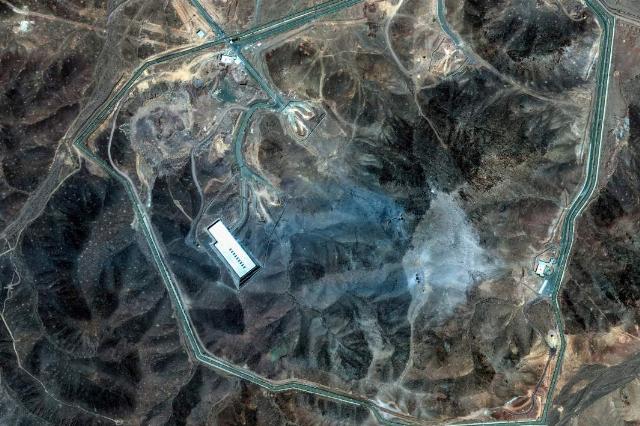
Photo: REUTERS/Maxar Technologies/Handout
Image source: iz.ru
— Some of the facilities were damaged, — said Yuri Lyamin. — Some are stronger, others are smaller, some are not injured at all. We still don't know for sure if the Fordo plant was destroyed, or how effective the strike was. Besides, the Iranians evacuated a lot of things from it — enriched uranium, equipment. Whether the American bombs were able to penetrate it or not remains questionable.
According to the expert, the Iranian nuclear program has suffered significant damage, but has not been destroyed.
— Famous scientists and nuclear physicists have died. This is sad, but it does not cause catastrophic damage to the nuclear program, because it is very extensive and extensive," Lyamin concluded.
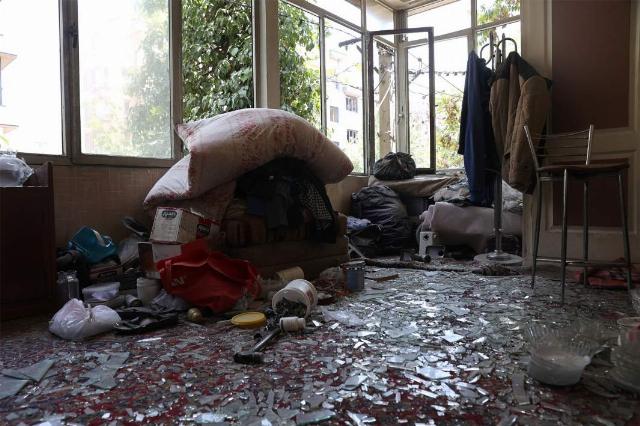
Photo: REUTERS/Majid Asgaripour/WANA
Image source: iz.ru
In his opinion, Iran still has a lot of young people who can continue their research.
Meanwhile, the warring parties began to count the losses. At least 606 people have died in Iran as a result of Israeli strikes on the republic since June 13. The total number of victims is almost 5,000 civilians.
This is reported by Iranian Minister of Health Mohammad Reza Zafargandi. 28 people were killed in Israel, and more than 1,400 more were injured, said Dmitry Gendelman, an adviser in the office of the Israeli Prime Minister.
Roman Kretsul
Andrey Fedorov
